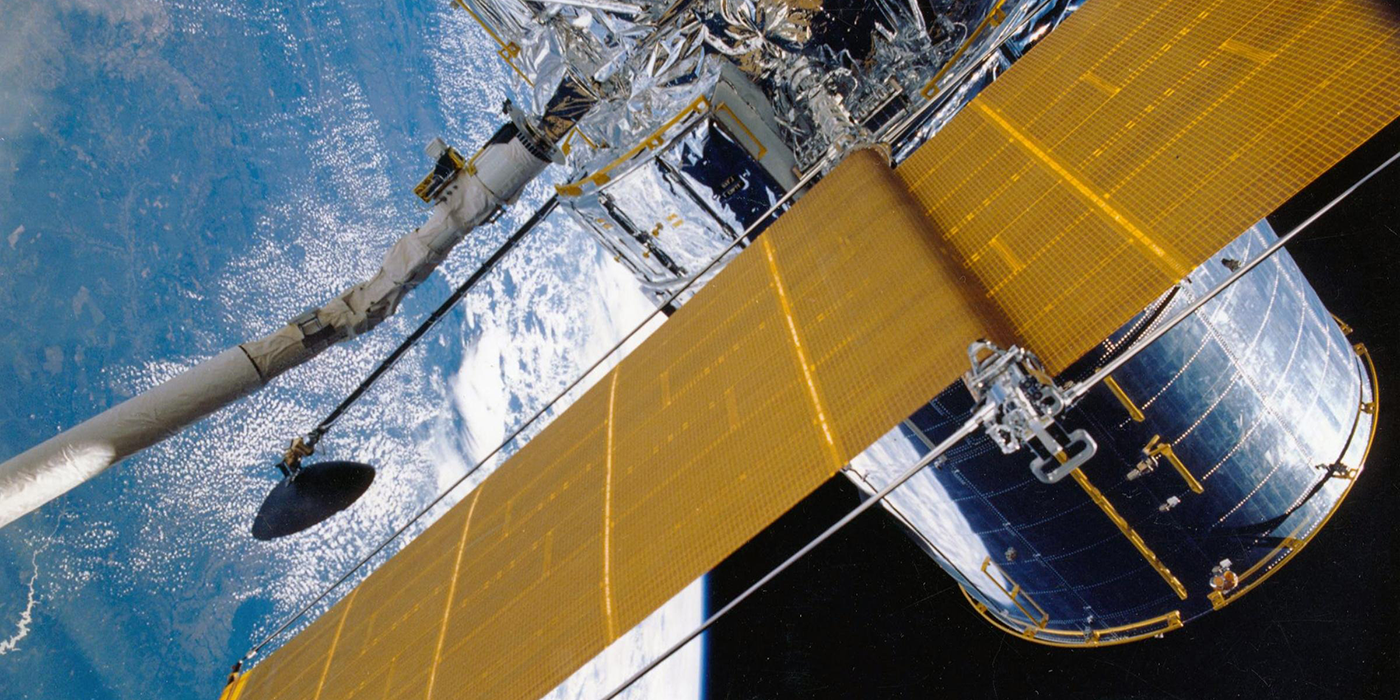
LIFE SUPPORT SYSTEMS in the Space Industry
Life Support Systems are the backbone of human space exploration. They provide the essential conditions that allow astronauts to survive and work in the harsh environment of space, where there is no breathable air, no drinkable water, and extreme variations in temperature and radiation. At their core, life support systems maintain a stable and safe habitat by supplying oxygen, removing carbon dioxide, regulating pressure and humidity, recycling water, and managing waste.
Read more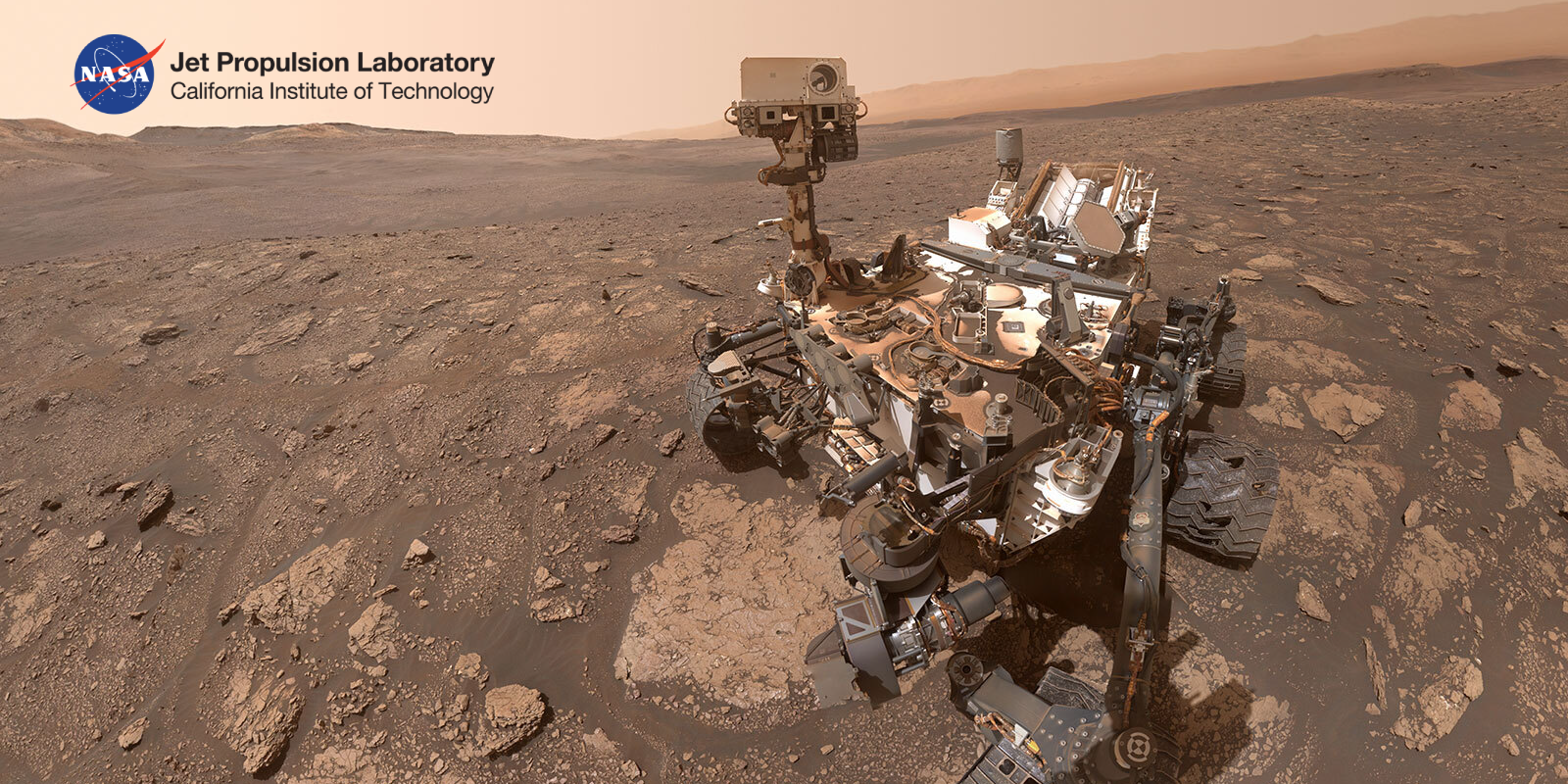
What lies in the future for simulation? The Red Planet may have an influence…
Paolo Bellutta is a Mars Exploration Rover Driver, officially a “Rover Planner”, at the Jet Propulsion Laboratory of NASA’s Mars Science Laboratory, in Pasadena, California, which is one of NASA’s R&D laboratories in the USA. Bellutta is responsible for moving the Mars rover around the Red Planet, picking the images that the vehicle captures at the end of the day, deciding where it is safe to move the vehicle to approach the various science goals that the geologists and other scientists communicate to him, and so on.
Read more
Health: Combining engineering and medicine for outstanding results
After decades in which engineers, mathematicians, biologists, and doctors have worked in disciplines that were considered to be very separate fields, we are now facing a revolution in the health sector: intensive collaboration between these various disciplines makes it possible to achieve astonishing results that were previously unthinkable.
Read more
The potential for AI in industry and among SMEs – busting the myths
The interest in artificial intelligence (AI) is growing apace. Scarcely a day goes by without the publication of some article in the press concerning its abilities. However, many of these articles, particularly in the mainstream media, remain sensationalist and do not come to grips with the real potential for artificial intelligence in the business, and particularly, industrial sectors.
Read more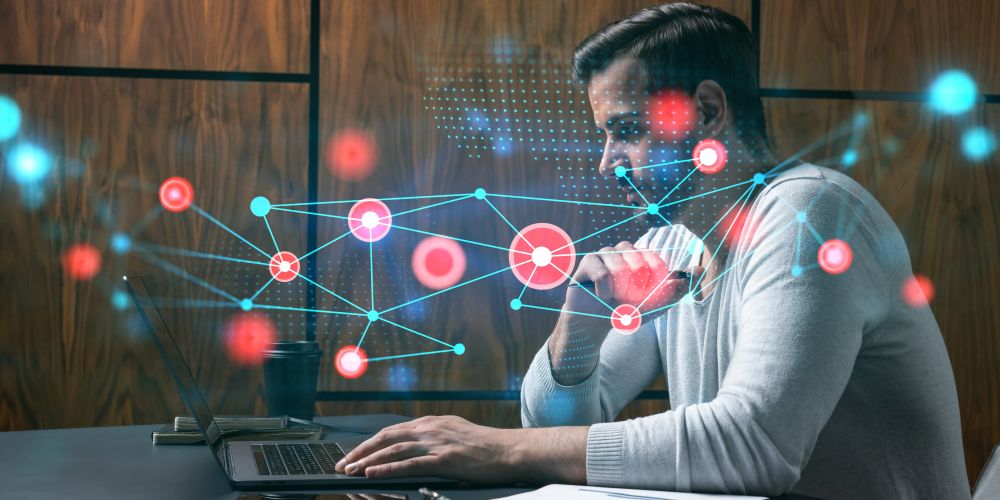
How to stay operational in a virtual world
Designing, developing and manufacturing high-performance, ground-breaking products requires engineers to integrate multiple disciplinary skills into an effective and efficient process of design and optimization.
Read more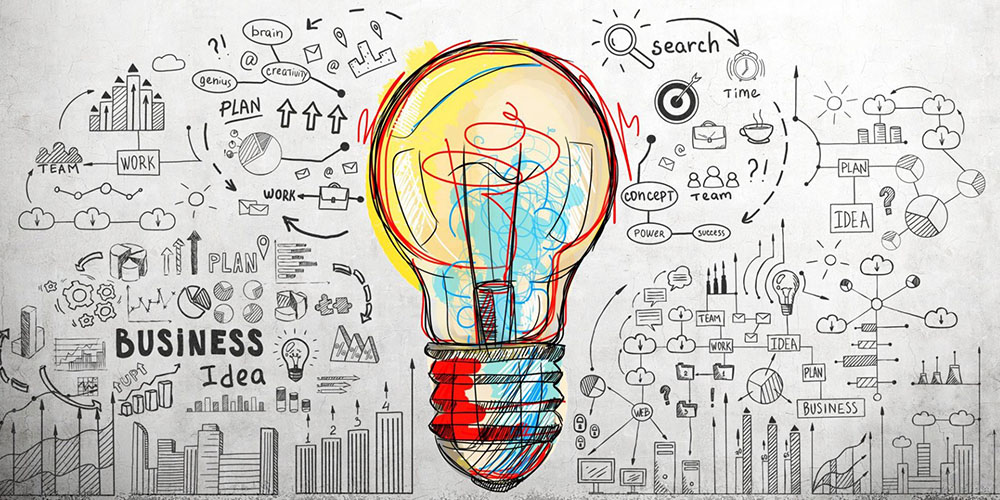
The Value of Design-to-Cost
The increasingly competitive marketplace, with highly demanding customers and shrinking product development cycles, compel organizations to streamline product development and boost product performance while simultaneously drive down their internal costs. Thus resources (cost, budget, etc.), scope (features, functionalities, etc.) and schedule (time and prioritization) become equally important parameters of the project management triangle.
Read more
Simulating the multiphysics of a residual current device
Residual current devices (RCDs) are arguably the most important electrical safety devices for human beings in both residential and industrial settings. Where circuit breakers function to protect electronic devices and electrical systems from electrical overload, the residual current device is designed to cut the flow of electricity to your circuit when it detects that the flow of electricity is going to travel down an unwanted path.
Read more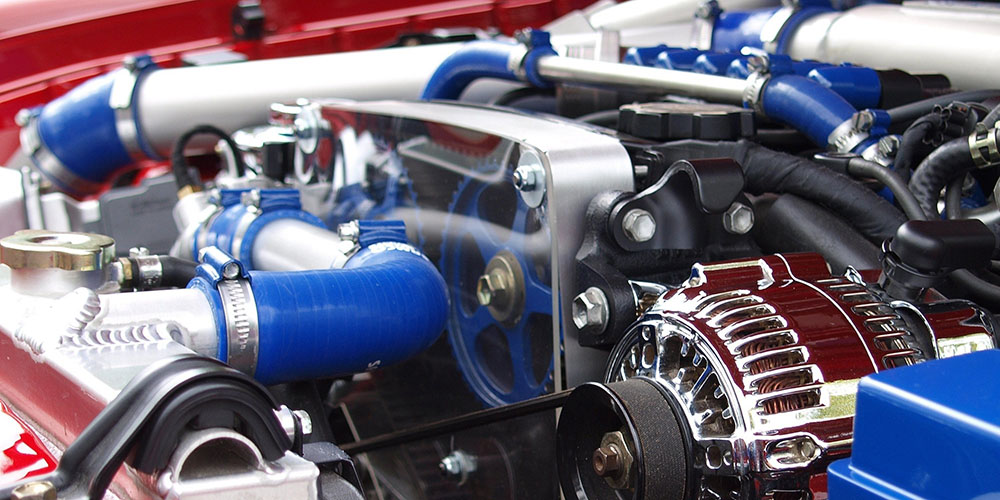
Thermal Optimization of oil-cooled e-Drives
With major OEMs committing to increasing numbers of Electric Vehicles and greater electrification, the total electric car stock is growing and researchers and engineers are focusing on increasing the efficiency of e-machines.
Read more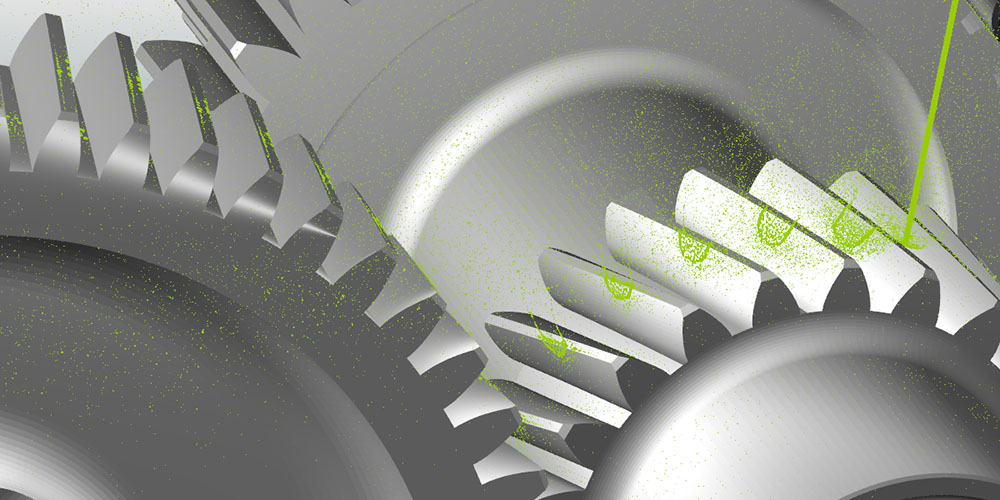
Moving Particle Simulation: liquid flow simulations made simple
In the CAE sector new simulation methods continuously try to leave the embryonic or academic state to become mature and adopted by the industry. The success of this transformation depends on several factors, some related to the method itself, some other related to the “environmental conditions”, like the cultural readiness of the industry to rely and adopt new methods or the availability and affordability of hardware resources, that make these methods applicable at industrial level.
Read moreNewsroom
EnginSoft's blog offers news and valuable tips to overcome engineering challenges with a systemic and global vision

LIFE SUPPORT SYSTEMS in the Space Industry
aerospace cfd

What lies in the future for simulation? The Red Planet may have an influence…
research innovation aerospace

Health: Combining engineering and medicine for outstanding results
research innovation health

The potential for AI in industry and among SMEs – busting the myths
research innovation simulation

How to stay operational in a virtual world
optimization

The Value of Design-to-Cost
optimization

Simulating the multiphysics of a residual current device
electronics cetol

Thermal Optimization of oil-cooled e-Drives
particleworks
